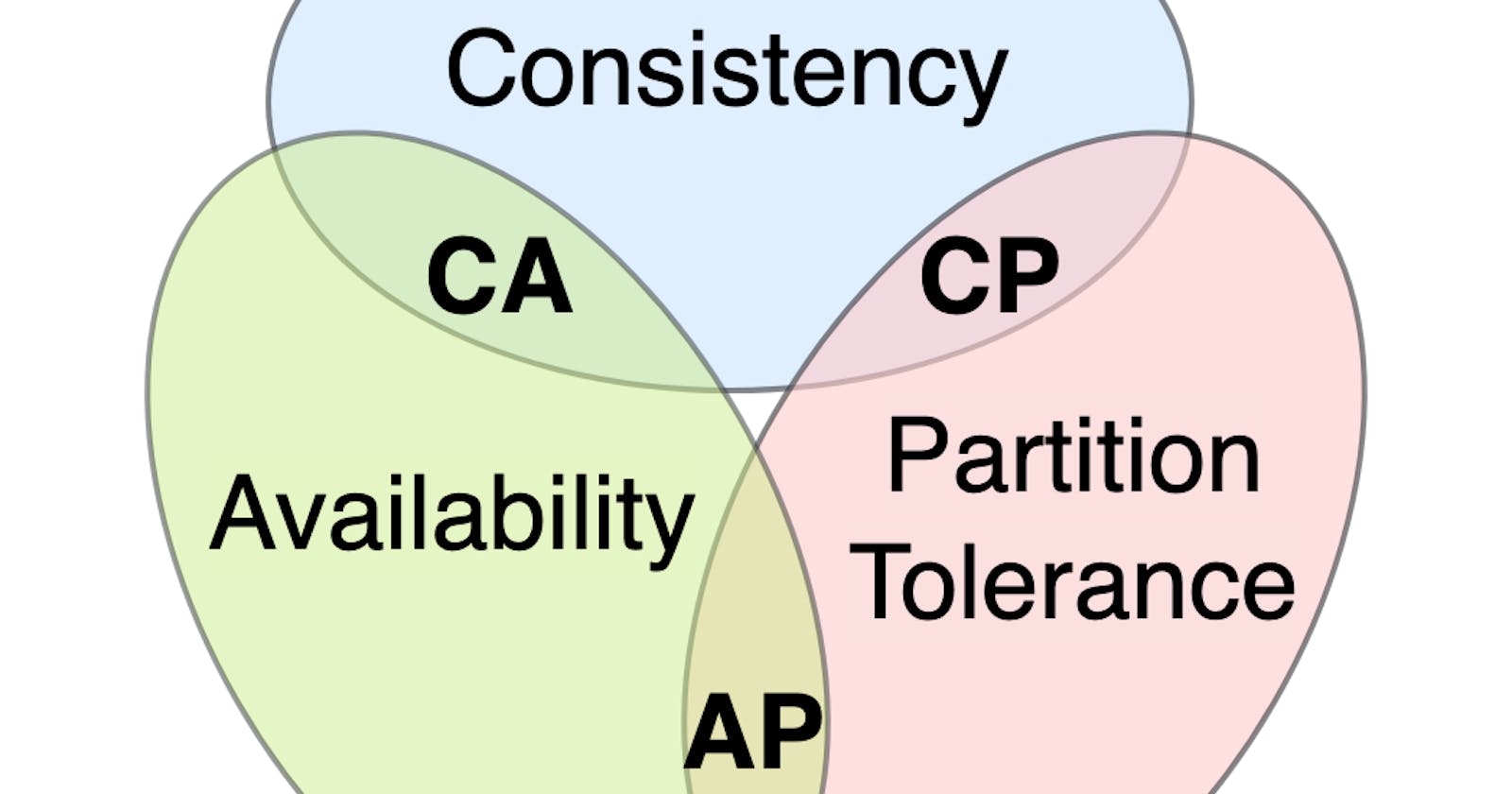CAP Theorem
Understanding the CAP Theorem: Making Critical Choices in Distributed Systems
Imagine you have a bunch of computers connected together, sharing data, like in a big online store or a social media platform. Now, when you're designing how these computers work together, you want three important things:
Consistency: Every read receives the most recent write or an error.
Availability: Every request receives a (non-error) response, without the guarantee that it contains the most recent write.
Partition Tolerance: The system continues to operate despite an arbitrary number of messages being dropped (or delayed) by the network between nodes.
The CAP theorem suggests that you must balance these properties, recognizing that prioritizing any two may require sacrificing the third, depending on your system's needs and constraints.
For example:
If you're running a video streaming site like YouTube, you care most about Availability. People need to be able to watch videos without interruptions, even if it means comments might show up a bit late sometimes (Consistency).
On an e-commerce site like Amazon, you prioritize Consistency. You want to make sure people's shopping carts are always correct, even if it means the site might be temporarily unavailable or slow sometimes (Availability).
For a ride-sharing app like Uber, you might focus on Availability over perfect Consistency. It's more important to quickly find a nearby ride than to always have the exact number of available cars perfectly up to date (Consistency).
So, in simple terms, the CAP theorem helps us understand that in distributed systems, we have to make choices about what matters most: having the most up-to-date data, always being available, or being able to handle network problems.
